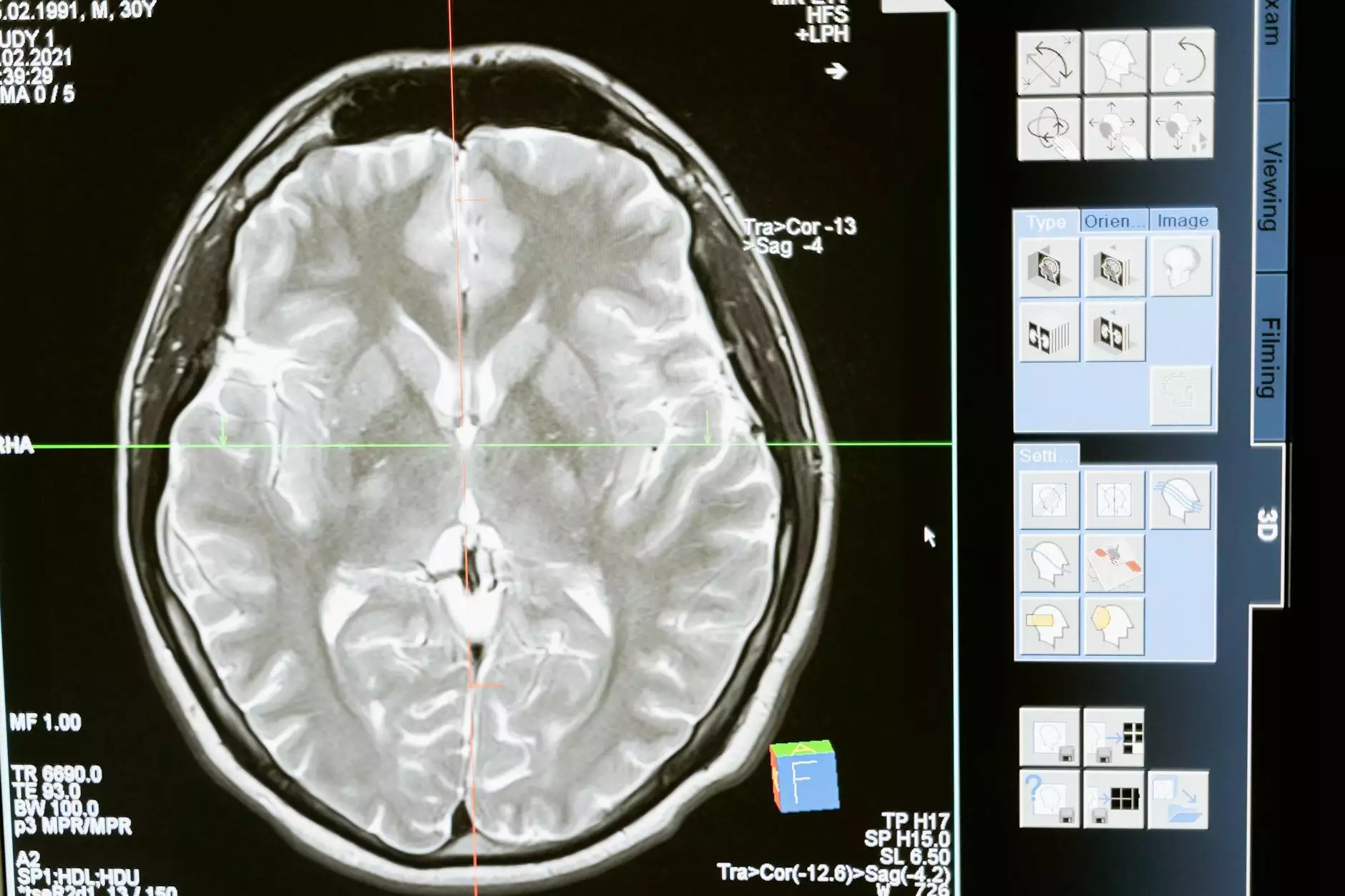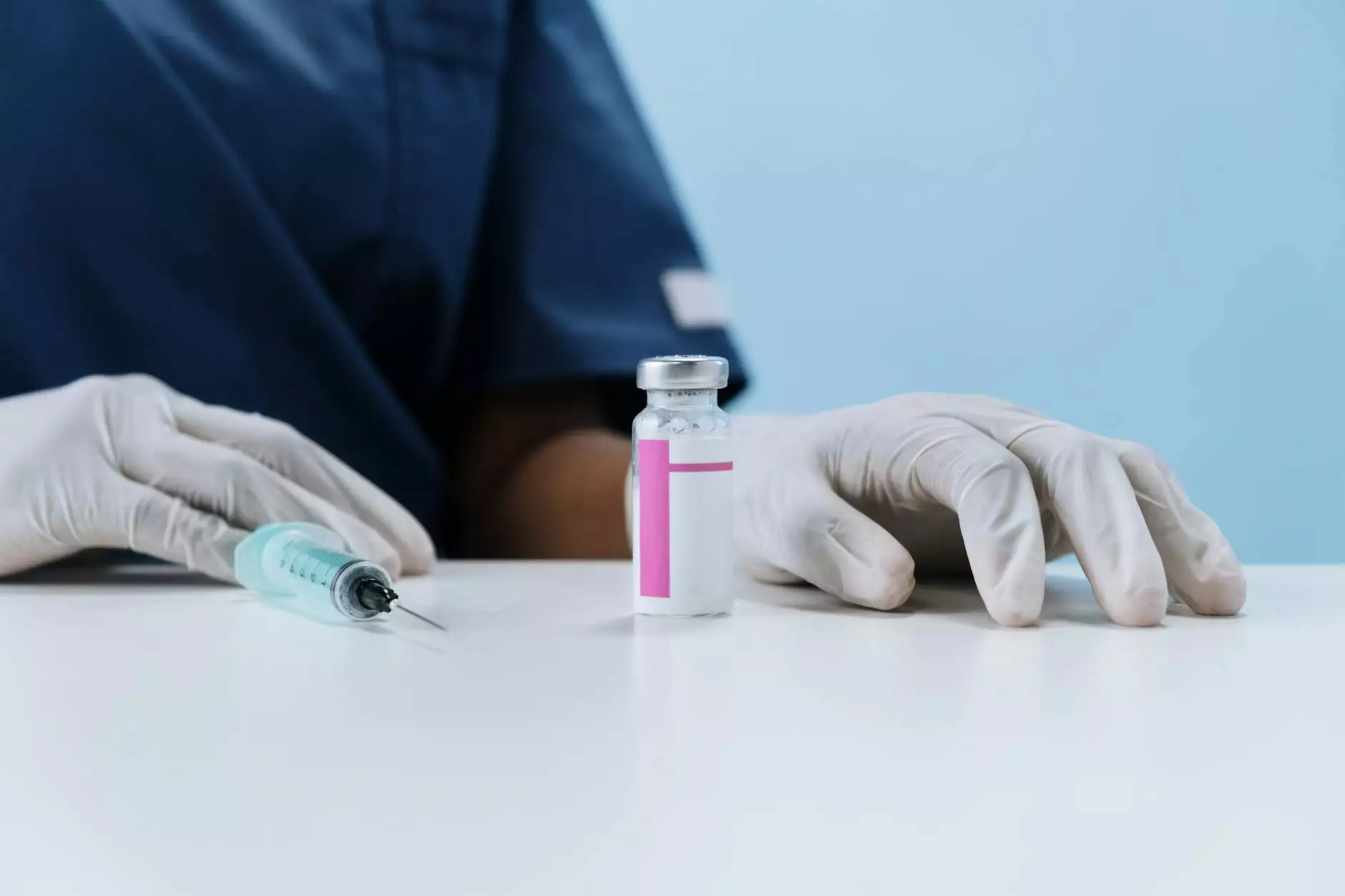Understanding Thrombosis Signs: A Comprehensive Guide

Thrombosis is a critical medical condition that affects countless individuals worldwide. Understanding thrombosis signs is essential for early detection and effective treatment. In this article, we will delve into the various aspects of thrombosis, including its causes, symptoms, diagnosis, and preventative measures. Our aim is to provide you with a thorough understanding of this condition, underscoring the vital importance of seeking timely medical intervention.
What is Thrombosis?
Thrombosis occurs when a blood clot (thrombus) forms in a blood vessel, obstructing blood flow. This can happen in both veins and arteries, leading to serious health complications. There are two primary types of thrombosis:
- Venous Thrombosis: This occurs in the veins and can lead to conditions such as Deep Vein Thrombosis (DVT) or Pulmonary Embolism (PE).
- Arterial Thrombosis: This occurs in the arteries and can result in heart attacks or strokes.
Common Thrombosis Signs
Recognizing the signs of thrombosis is crucial for prompt medical assistance. Here are some of the most common thrombosis signs to watch for:
1. Swelling
One of the most noticeable signs is swelling, particularly in the leg where a DVT might occur. This swelling can be unilateral, affecting only one leg.
2. Pain or Tenderness
Many patients describe a feeling of pain or tenderness in the affected area, which can often be mistaken for a muscle cramp or pulled muscle.
3. Changes in Skin Color
In the case of venous thrombosis, the skin over the affected area might appear red or discolored.
4. Warmth
The area where the clot has formed may feel warmer than the surrounding skin.
5. Shortness of Breath
If a clot breaks free and travels to the lungs (resulting in a pulmonary embolism), individuals may experience sudden shortness of breath, chest pain, or a rapid heart rate.
Causes of Thrombosis
Several factors can contribute to the development of thrombosis. Some of the most common causes include:
- Immobility: Prolonged periods of inactivity, such as sitting on long flights or bed rest, can increase the risk of blood clots.
- Medical Conditions: Certain conditions like cancer, autoimmune disorders, and infections can increase the risk of thrombus formation.
- Hormonal Factors: Hormonal changes due to pregnancy, hormonal replacement therapy, or birth control pills can increase the likelihood of thrombosis.
- Obesity: Being overweight places extra pressure on the veins, increasing the risk of clot formation.
- Age: The risk of thrombosis increases with age, particularly in individuals over 60.
Diagnosis of Thrombosis
Accurate diagnosis of thrombosis is vital for effective treatment. Medical professionals employ several methods to diagnose this condition:
1. Medical History and Physical Examination
A healthcare provider will begin with a comprehensive medical history and a physical examination to assess symptoms and risk factors.
2. Imaging Tests
Common imaging tests to diagnose thrombosis include:
- Ultrasound: A non-invasive test that uses sound waves to visualize blood flow and detect clots.
- CT Scans: A computed tomography scan can reveal clots in large veins and arteries, particularly in cases of pulmonary embolism.
- MRI: Magnetic resonance imaging may be used for detailed imaging, particularly in complex cases.
3. Blood Tests
Blood tests such as D-dimer tests can help determine the presence of abnormal blood clotting. Elevated levels may indicate the presence of a thrombus.
Treatment Options for Thrombosis
Treatment for thrombosis aims to prevent the clot from growing and causing further complications. Here are the primary treatment options:
1. Anticoagulants
Commonly known as blood thinners, anticoagulants are often prescribed to reduce the risk of new clots forming and to prevent existing clots from enlarging. Medications such as Warfarin, Heparin, and direct oral anticoagulants (DOACs) are frequently used.
2. Thrombolytics
In more severe cases, thrombolytic therapy may be employed. This involves administering drugs that dissolve blood clots, often used in emergency situations such as stroke or severe pulmonary embolism.
3. Compression Stockings
Patients may be advised to wear compression stockings to improve blood flow in the legs and reduce swelling.
4. Lifestyle Modifications
Making lifestyle changes, such as increasing physical activity, maintaining a healthy weight, and staying hydrated can significantly reduce the risk of thrombosis.
Preventative Measures
Prevention is key to avoiding thrombosis, especially in high-risk individuals. Here are effective strategies:
- Stay Active: Regular physical activity can help maintain healthy blood circulation.
- Hydration: Ensuring adequate hydration is important, especially during long travels.
- Monitor Medical Conditions: Effectively managing underlying health issues, such as diabetes or heart conditions, can reduce the risk of thrombosis.
- Avoid Smoking: Smoking is a significant risk factor for increased clotting risk. Quitting smoking can lead to enormous health benefits.
When to Seek Medical Attention
It is crucial to seek immediate medical attention if you experience any of the above thrombosis signs. Early intervention can prevent severe complications, including death.
Conclusion
Understanding thrombosis signs is essential for early diagnosis and treatment. From recognizing symptoms to practicing preventative measures, knowledge is power in the fight against thrombosis. If you or someone you know may be at risk for thrombosis, consult with a healthcare provider promptly.
For more information on vascular health and thrombosis, visit trufflesveinspecialists.com for expert guidance and support.









